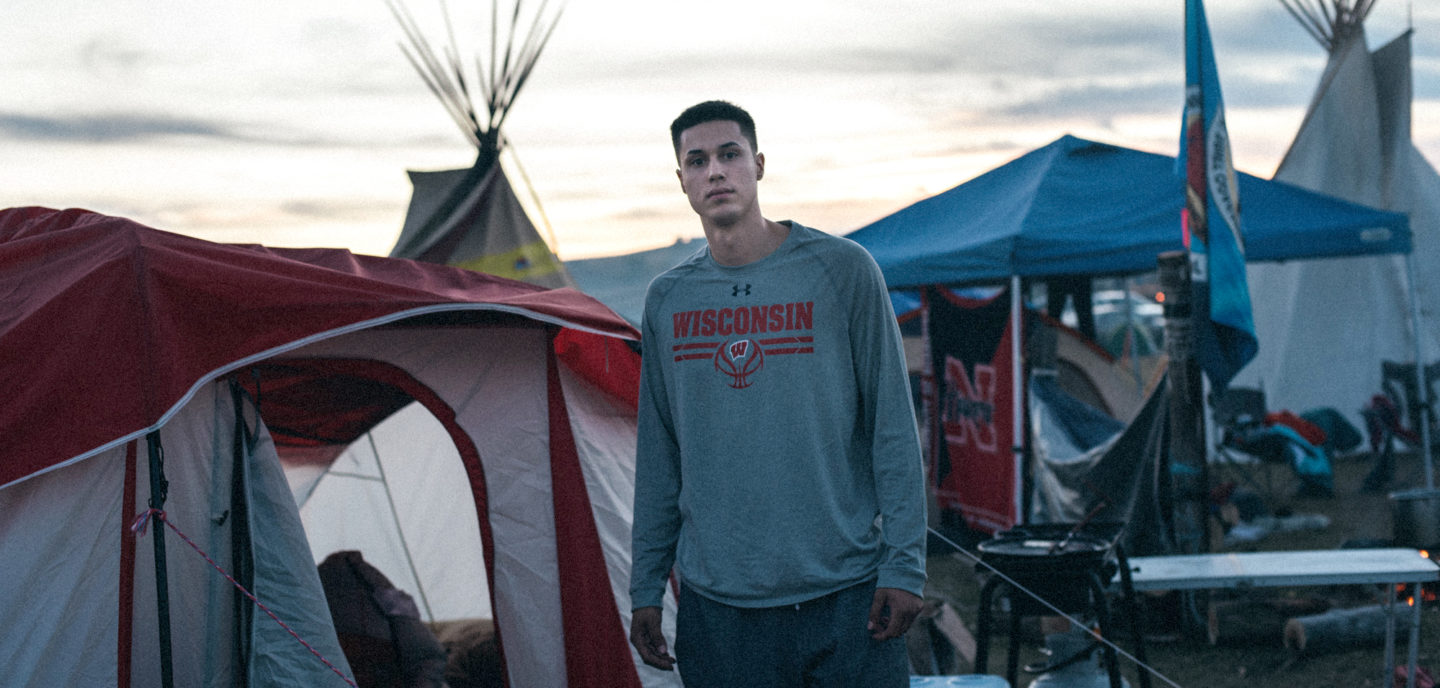Kathleen Collins’s ‘Whatever Happened to Interracial Love?’
Books of The Times
The New York Times
2016-11-29
Kathleen Collins, Elizabeth Alexander (fore.), Whatever Happened to Interracial Love? (New York: Ecco, 2016)
When the filmmaker, playwright and fiction writer Kathleen Collins died of breast cancer in 1988, at 46, she left behind a wide body of work that’s only beginning to see the light of day.
She was among the first black women to direct a feature-length film. That movie, “Losing Ground” (1982), parsed black intellectual life in New York City; it was about a female philosophy professor and her wayward husband, a painter. It never had a theatrical release. Just last year its premiere was held at Lincoln Center, where it played to sold-out crowds.
She was a feverish artist, working on many fronts. In an essay in the September issue of Vogue, her daughter, Nina Lorez Collins, recalls, “When I think back, the dominant sounds of my childhood are of my mother’s IBM Selectric II clattering away behind her bedroom door; film swishing through the Steenbeck editing machine that sat in our dining room; and, occasionally, Tina Turner blaring from the stereo while she danced like a madwoman in the living room.”…
…This collection’s title story gives us Ms. Collins in full flower. It is about two roommates in an Upper West Side apartment. It’s 1963 or, as Ms. Collins declares, “the year of racial, religious, and ethnic mildew.”
One roommate is a white community organizer in Harlem, fresh out of Sarah Lawrence and dating a black poet. The other is a young black woman who was jailed during civil rights protests in Georgia; she’s in love with a white Freedom Rider.
When the young black woman went South, she shed some of her proper bourgeois upbringing and began to feel the shaggy earth beneath her feet. Her father is apoplectic. What’s happened to his perfect strait-laced daughter?…
Read the entire review here.
